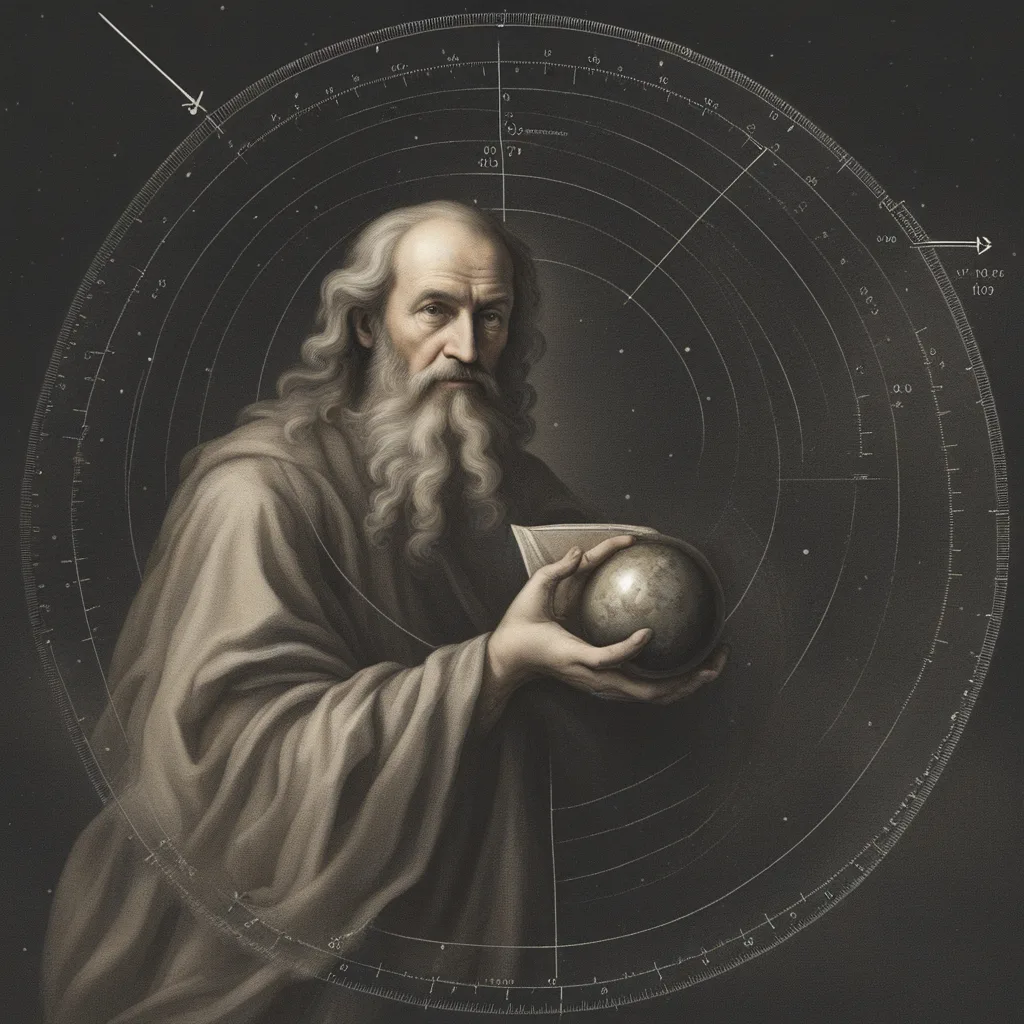Understanding the vastness of the universe requires precise methods for measuring astronomical distances. This article aims to provide an in-depth look at the techniques employed, their strengths and weaknesses, and the role of advanced telescopes like the James Webb Space Telescope (JWST) in refining these measurements.
Traditional Methods of Distance Determination
Parallax
Methodology
The parallax method involves observing a star from two different points in Earth’s orbit and measuring the angle of apparent shift against the background of more distant stars. Mathematically, the distance \( d \) is given by:
\[
d = \frac{1}{\text{tan}(\theta)}
\]
Advantages
- Simple and direct method for nearby stars.
- High accuracy for stars within a few hundred light-years.
Disadvantages
- Ineffective for very distant stars.
- Requires extremely precise measurements of angles.
Susceptibility to Errors
- Atmospheric interference can affect measurements.
- Instrumental errors in angle measurement.
Instruments Used
- Ground-based telescopes for nearby stars.
- Space telescopes like Hubble for greater accuracy.
Standard Candles: Cepheids and Supernovae
Methodology
Cepheid variable stars have a well-defined relationship between their luminosity and pulsation period, described by:
\[
L = a \cdot P^b
\]
Type Ia supernovae serve as another standard candle due to their consistent peak luminosity.
Advantages
- Effective for measuring distances to other galaxies.
- Well-established and widely used.
Disadvantages
- Requires identification and observation of specific types of stars or events.
- Limited by the rarity of such stars or events.
Susceptibility to Errors
- Variability in the intrinsic properties of Cepheids or supernovae.
- Errors in measuring apparent brightness.
Instruments Used
- Ground-based telescopes for nearby galaxies.
- Space telescopes like Hubble and JWST for distant galaxies.
Cosmic Background Radiation
Methodology
The Cosmic Microwave Background (CMB) radiation provides a snapshot of the universe shortly after the Big Bang. Anisotropies in the CMB can be used to estimate the Hubble constant and cosmic scale.
Advantages
- Provides a universal scale.
- Independent of individual celestial objects.
Disadvantages
- Requires sophisticated data analysis.
- Limited to large-scale structures.
Susceptibility to Errors
- Cosmic variance.
- Instrumental noise.
Instruments Used
- Planck satellite.
- WMAP (Wilkinson Microwave Anisotropy Probe).
The Role of JWST
The James Webb Space Telescope (JWST) has revolutionized distance measurements with its advanced infrared capabilities. It has refined the luminosity-period relation for Cepheids and provided new insights into the early universe via the CMB.
Contradictions Between Methods
The Hubble Constant Conundrum
One of the most puzzling contradictions in modern cosmology is the discrepancy in the values of the Hubble constant (\( H_0 \)), which describes the rate of expansion of the universe. When calculated using Cepheids as standard candles, the value tends to be higher than when calculated using the Cosmic Microwave Background (CMB) radiation.
Cepheid-based Calculations
Using Cepheids, the Hubble constant is calculated by observing these variable stars in nearby galaxies and then extrapolating to more distant galaxies using Type Ia supernovae as secondary standard candles. The value derived is approximately \( H_0 \approx 74 \, \text{km/s/Mpc} \).
CMB-based Calculations
The Planck satellite and WMAP have provided detailed maps of the CMB. By fitting these data to the Lambda-CDM model of cosmology, a value of \( H_0 \approx 67.4 \, \text{km/s/Mpc} \) is obtained.
Possible Explanations for the Discrepancy
Systematic Errors
One possibility is that there are unknown systematic errors in one or both methods. For example, the calibration of Cepheids could be flawed, or the Lambda-CDM model might not fully capture the complexities of the early universe.
New Physics
Another tantalizing possibility is that the discrepancy hints at new physics beyond the Standard Model. Some theories suggest the presence of additional types of dark energy or modifications to General Relativity that could reconcile the two values.
Local vs. Cosmic Scales
It’s also worth considering that Cepheids measure local distances, while the CMB provides a cosmic-scale measurement. The discrepancy could indicate a scale-dependent variation in the Hubble constant, although this would also require new physics to explain.
Ongoing Research and Future Prospects
The James Webb Space Telescope (JWST) is expected to provide more accurate measurements of both Cepheids and the CMB, which could help resolve or deepen the contradiction. Other projects like the Dark Energy Survey and the upcoming Euclid mission are also poised to contribute to this debate.
- Webb Confirms Accuracy of Universe’s Expansion Rate Measured by Hubble, Deepens Mystery of Hubble Constant Tension.
- A First Look at Cepheids in a SN Ia Host with JWST
Conclusion
The quest to measure cosmic distances is fraught with challenges but is crucial for our understanding of the universe. While traditional methods have their limitations, technological advancements like the JWST offer promising avenues for future research. The contradictions between different methods, however, remain an enigma that continues to perplex astronomers and cosmologists alike.

